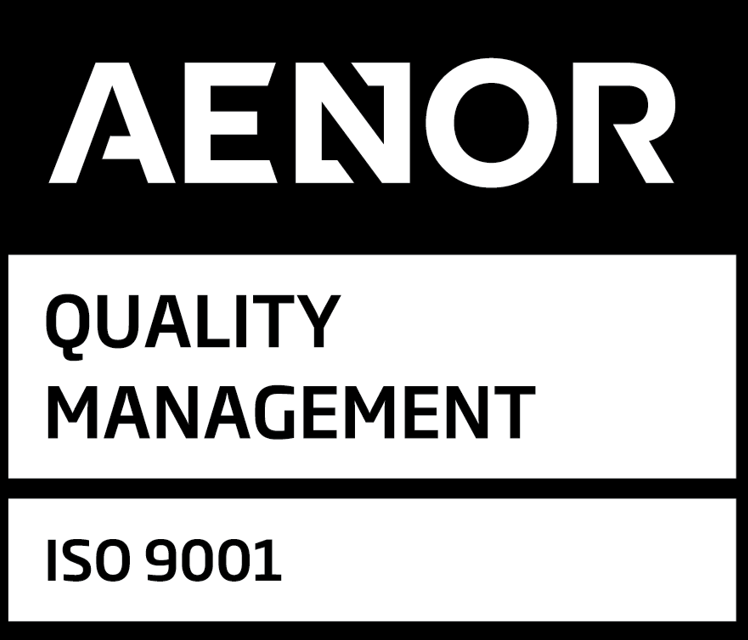For MedTech and diagnostics companies, ISO 13485:2016 is the operating system for quality. It’s the globally recognized standard that regulators and notified bodies expect you to use to design, manufacture, and maintain safe, effective devices across the full lifecycle. Implement it well and you accelerate technical documentation, reduce rework, and shorten time-to-market. Implement it poorly and every audit, change, and submission becomes harder than it should be.
There’s an additional strategic reason to act now: the U.S. FDA’s Quality Management System Regulation (QMSR) formally converges 21 CFR 820 with ISO 13485:2016. The QMSR’s effective date is February 2, 2026, with a two-year transition from the legacy QS Reg—so a robust ISO 13485 QMS positions you for both EU and U.S. expectations. (QMSR overview PDF).
What ISO 13485 actually requires (and how to build it right)
At its core, ISO 13485 demands a documented, controlled set of interrelated processes that meet regulatory requirements for medical devices—from design and production to post-market activities. Success is not about templates; it’s about process architecture, risk-based decision-making, and evidence you can defend. (ISO 13485 handbook preview).
1) Map your process architecture
Start with a top-level map that shows how design & development, purchasing/supplier control, production & service provision, software validation (for QMS and process software), vigilance, and post-market processes interact. Keep ownership clear; keep inputs/outputs traceable.
2) Make risk management the backbone
ISO 13485 expects risk-based controls throughout realization and post-market feedback. Operationalize ISO 14971:2019 (and ISO/TR 24971 guidance) so hazards, risk controls, and residual risk tie directly into design inputs, verification/validation, and change control.
3) Design controls that satisfy NB and FDA reviewers
Build a single D&D framework that covers planning, inputs/outputs, reviews, verification, validation (including clinical/performance where applicable), transfer, and DHF/Design History File traceability. Link your design plans to intended purpose/indications so your technical documentation aligns with MDR/IVDR and (when applicable) FDA submissions.
4) Supplier & software rigor
Qualify and monitor critical suppliers with risk-based controls; embed incoming inspection and performance metrics. Validate QMS/production software proportional to risk and document configuration management so you can pass objective evidence reviews.
5) Document control that scales
Use a lean document hierarchy (policy → process → work instruction → form) and number it so auditors can navigate quickly. Automate change control and training effectiveness checks; link each controlled record to the process requirement it satisfies.
6) Post-market surveillance that drives improvement
Your PMS loop should systematically capture complaints, feedback, vigilance, field actions, and real-world performance. Close the loop with CAPA and management review using trend analysis and risk re-evaluation.
7) Internal audits and management review that add value
Audit for process performance (not just procedural conformance). Track effectiveness KPIs and feed them into management review alongside regulatory metrics (e.g., NB queries, submission outcomes, vigilance timelines).
EU alignment matters: harmonized EN ISO 13485 and MDR/IVDR
In Europe, EN ISO 13485:2016 (including A11:2021 and AC:2018) is recognized as a harmonized standard supporting MDR/IVDR requirements—useful for presumption of conformity where applicable. Aligning your QMS to the harmonized edition reduces friction in notified body assessments and surveillance.
Implementation roadmap (what works in the real world)
- Phase 1 — Gap Assessment & Plan: Benchmark current practices against ISO 13485 clauses, ISO 14971 integration points, and your market strategy (EU MDR/IVDR, FDA QMSR). Produce a prioritized remediation plan with owners and dates.
- Phase 2 — Process Build & Evidence: Draft/revise procedures; pilot them with one product line to generate real records (design plan, risk files, supplier files, software validation, training, internal audit).
- Phase 3 — System Activation: Roll out across programs; execute internal audit cycle and management review with measurable outcomes.
- Phase 4 — NB/FDA Readiness: Run a mock audit; fix systemic findings; align technical documentation index to QMS records; confirm personnel qualification and training effectiveness.
Avoid the top 5 pitfalls we see
- Building dozens of procedures without a process map (auditors get lost; so do teams).
- Treating risk management as a document, not a process that drives design and post-market decisions.
- Weak supplier controls for critical components and software.
- Software validation that stops at IQ/OQ and misses real-world configurations.
- “One-and-done” internal audits that don’t test effectiveness or feed CAPA.
How MDx CRO makes ISO 13485 implementation faster (and audit-proof)
MDx CRO designs right-sized 13485 systems for MedTech and diagnostics teams—from first-time implementations to remediation before NB or FDA inspections. We build the process architecture, author and train on lean SOPs, integrate ISO 14971 risk into day-to-day decision-making, and generate submission-ready evidence. Then we run mock audits that mirror NB/FDA styles so you walk into the real thing prepared.







